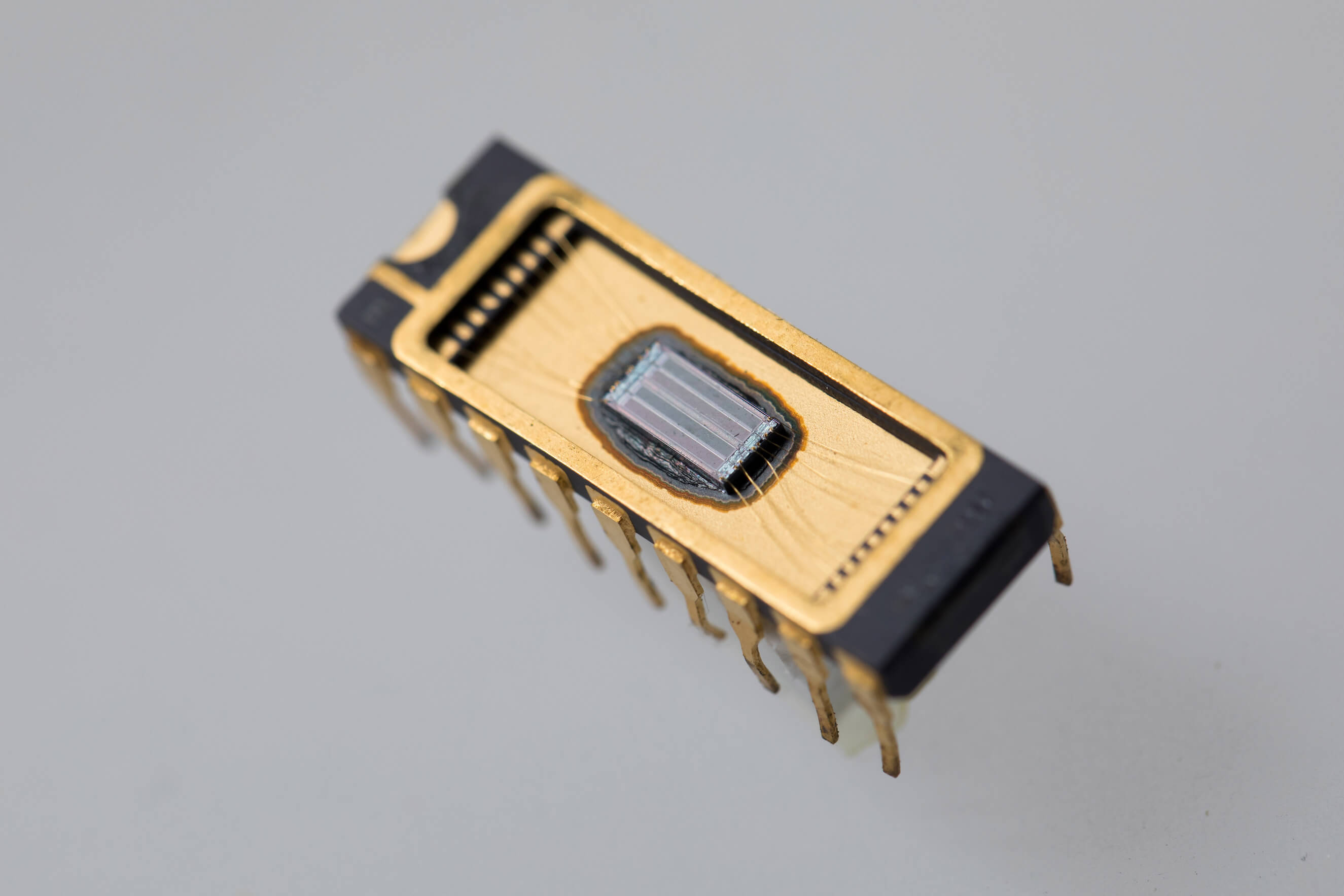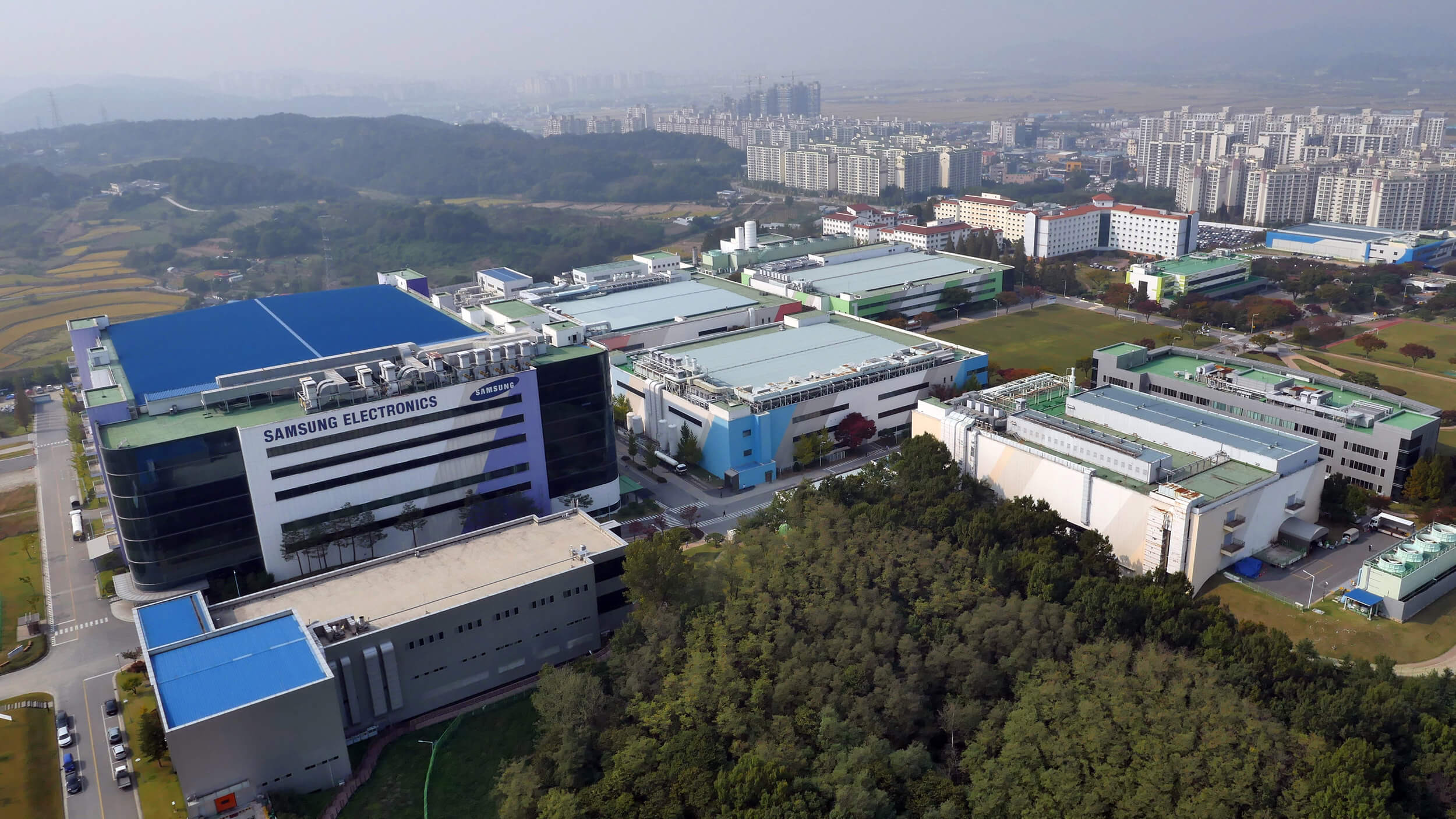Bottom line: Samsung is one of the companies that so far weathered the storm, mostly thanks to its diversified business and strong demand for its silicon across the entire hardware industry. The company is bolstering its online retail channels to cope with waning demand for consumer electronics.
Samsung posted revenues of 55.3 trillion won ($45.5 billion) for the three months ending in March, which is a positive result despite being a modest 5.6 percent year-over-year increase.
The Korean tech giant's biggest advantage is that it's highly diversified and produces both electronic components and finished products. It's what allowed it to shrug off the huge decline in smartphone demand and rake in 6.4 trillion won ($5.2 billion) in operating profit, which is 3.4 percent more than it managed during the same period in 2019.
Samsung says it saw a surge in orders for its memory products for PCs and servers, as many people now have to work from home and need to remove every possible bottleneck. The semiconductor business alone brought in 4 trillion won ($3.3 billion), which is almost two thirds of the company's total profits for the first quarter of 2020.

Interestingly, the company's OLED display business also had a contribution to the positive financial results, with 200 billion won ($165 million) in operating profit. That being said, Samsung's smartphone sales continued their decline, and the reason why the company didn't see a larger hit is the fact that the average sales price has increased thanks to strong demand for the Galaxy Z Flip and Galaxy S20 Ultra.
Samsung warned that while the trend of high DRAM and NAND demand will likely continue throughout the year, the company expects to see a decline in global sales for its smartphones, TVs, and home appliances. In the meantime, it will focus its attention on improving its online sales capabilities through promotions and optimized logistics.
In related news, the Korean tech giant is deeply invested in making the industry's most advanced NAND chip, in response to increased competition from Chinese companies that have already caught up with it in terms of storage density and speed.
